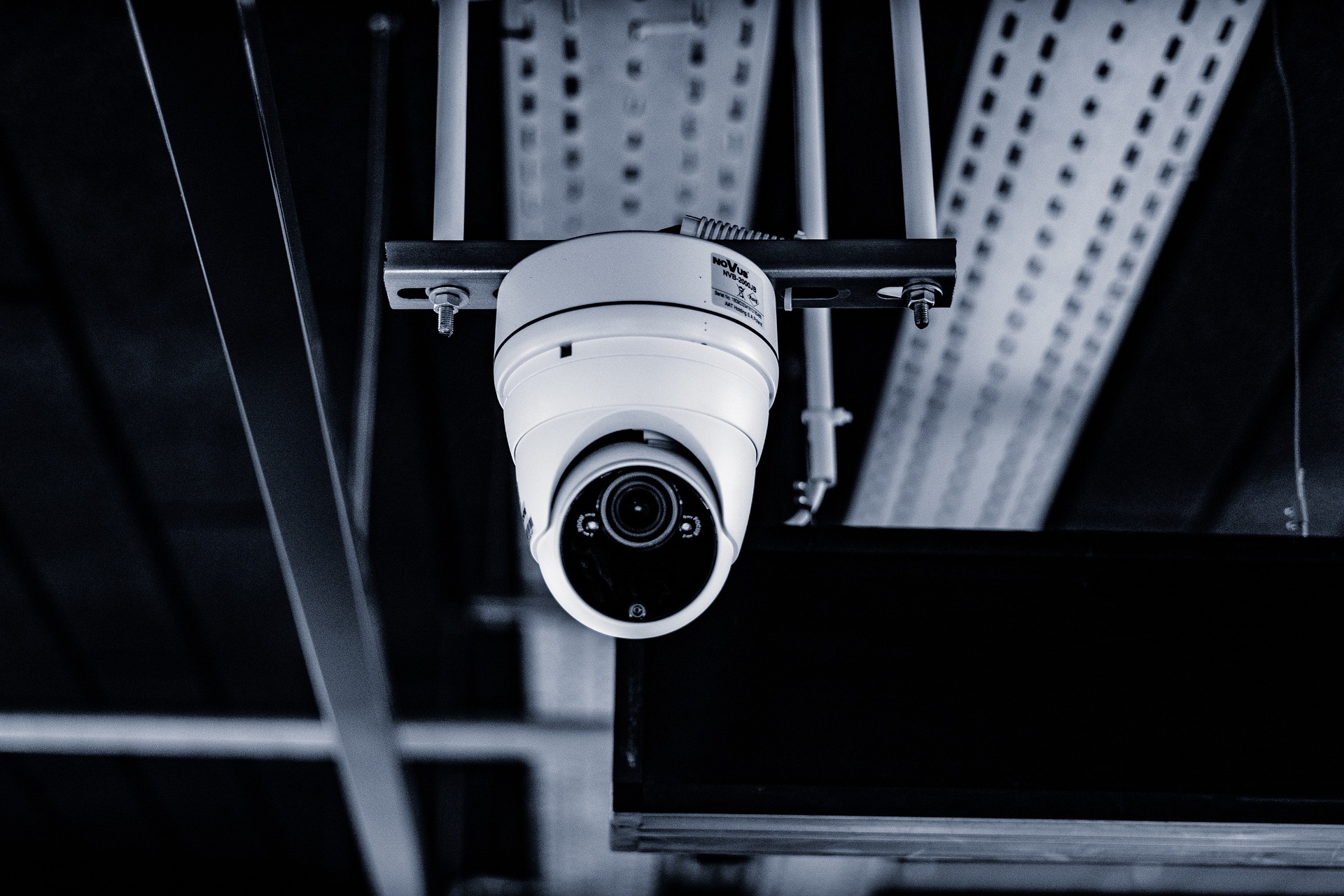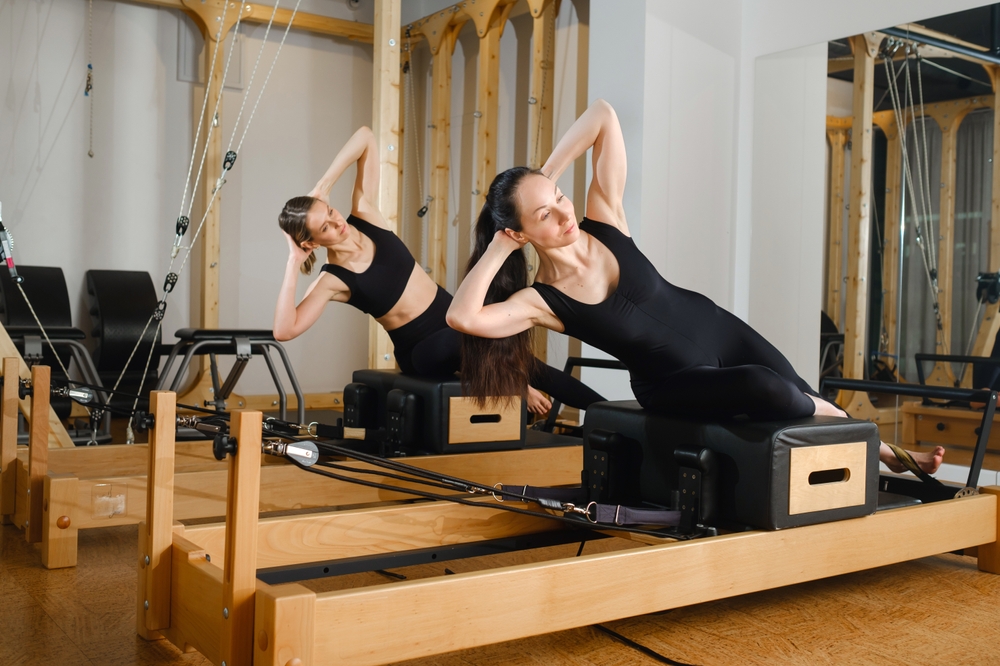Balancing battery life and continuous coverage in nursery devices
Parents and caregivers often weigh battery life against continuous coverage when choosing nursery devices. This article explains how camera and audio settings, connectivity, alerts, and placement affect runtime, coverage, and safety to help make informed choices for a crib environment.

Finding the right balance between battery life and continuous coverage in nursery devices requires understanding how hardware, software, and usage patterns interact. Cameras and audio sensors placed near a crib can offer real-time video and sound, but high-resolution video, continuous streaming, or frequent alerts will drain batteries more quickly and demand stronger WiFi connectivity. Optimizing settings, choosing the right placement, and keeping firmware current are practical ways to extend runtime while preserving reliable monitoring for sleep and safety.
This article is for informational purposes only and should not be considered medical advice. Please consult a qualified healthcare professional for personalized guidance and treatment.
Nursery WiFi and connectivity considerations
Reliable connectivity is a foundation for continuous coverage. A weak WiFi signal in the nursery causes buffering, dropped video, and higher battery use as devices attempt repeated reconnections. Placing a router closer to the nursery, using a dedicated access point, or employing a mesh network can improve stability. Consider devices that support dual-band WiFi or have configurable bitrate limits so video quality can be scaled down to save power when signal strength is moderate, preserving coverage without unnecessary battery drain.
Camera, audio, and video trade-offs
Camera resolution and audio sensitivity are major battery factors. Continuous high-definition video consumes far more power than lower-resolution or event-triggered streams. Audio-only monitoring uses less battery than video, and some devices offer hybrid modes (audio always on, video only on motion). If continuous visual monitoring is essential—such as for a newborn with specific medical needs—expect to prioritize mains power. Otherwise, selecting lower frame rates, night-vision optimization, or audio-plus-snapshot modes reduces energy use while retaining useful oversight.
Battery, range, and continuous coverage
Battery capacity and the device’s range interact: longer wireless range often requires more transmission power, shortening runtime. For battery-powered units, choose models with higher mAh ratings or swappable batteries to extend uptime. Consider whether the monitor supports power-saving profiles that reduce polling frequency or enter low-power standby when no motion is detected. For continuous coverage without interruption, wired power or a combination of battery backup and mains connection is the most reliable approach, especially if you need uninterrupted video during sleep periods.
Motion, temperature, and sleep monitoring
Sensors like motion detection and temperature monitoring can be configured to reduce false positives and limit unnecessary recordings or alerts. Smart motion algorithms that filter small movements can extend battery life by avoiding constant wake cycles. Temperature monitoring is typically low-power but frequent telemetry uploads over WiFi add energy cost; batching sensor updates or lowering reporting frequency preserves battery while still providing meaningful nursery climate data to protect crib safety and sleep comfort.
Alerts, firmware, and encryption
Alert frequency affects both battery and attention. Fine-tune alert thresholds for motion, sound, or temperature so you receive relevant notifications without waking the device repeatedly. Keep firmware updated: manufacturers release improvements that can optimize power management and fix connectivity bugs. Security features such as encryption and secure authentication add small processing overhead, but they are important for protecting video and audio streams transmitted over WiFi; choose devices that balance strong encryption with efficient processing to avoid excessive battery drain.
Balancing settings for crib safety and coverage
Practical setup decisions help strike balance: position a camera for the best view of the crib while minimizing distance to the router, use audio with periodic video snapshots, limit continuous high-frame-rate streams to critical periods like nighttime, and enable low-power modes during predictable sleep cycles. Regularly check battery health and firmware, and consider devices with flexible power options (USB power, battery backup, or PoE adapters) to maintain continuous coverage with minimal interruptions to sleep monitoring and security.
A final consideration is maintenance: scheduled battery replacements or recharging, routine firmware updates, and occasional connectivity checks keep nursery devices functioning as intended. Thoughtful configuration that matches your monitoring needs—continuous video versus event-driven alerts, audio priority versus visual detail—will yield the best compromise between battery life and reliable coverage for crib and nursery monitoring.
Conclusion
Balancing battery life and continuous coverage in nursery devices is a matter of prioritizing needs and optimizing settings. Improving connectivity, selecting appropriate sensor modes, keeping firmware current, and choosing flexible power options reduce trade-offs between uninterrupted monitoring and reasonable battery runtimes. Clear settings and careful placement help maintain effective nursery oversight while protecting device longevity and data security.






